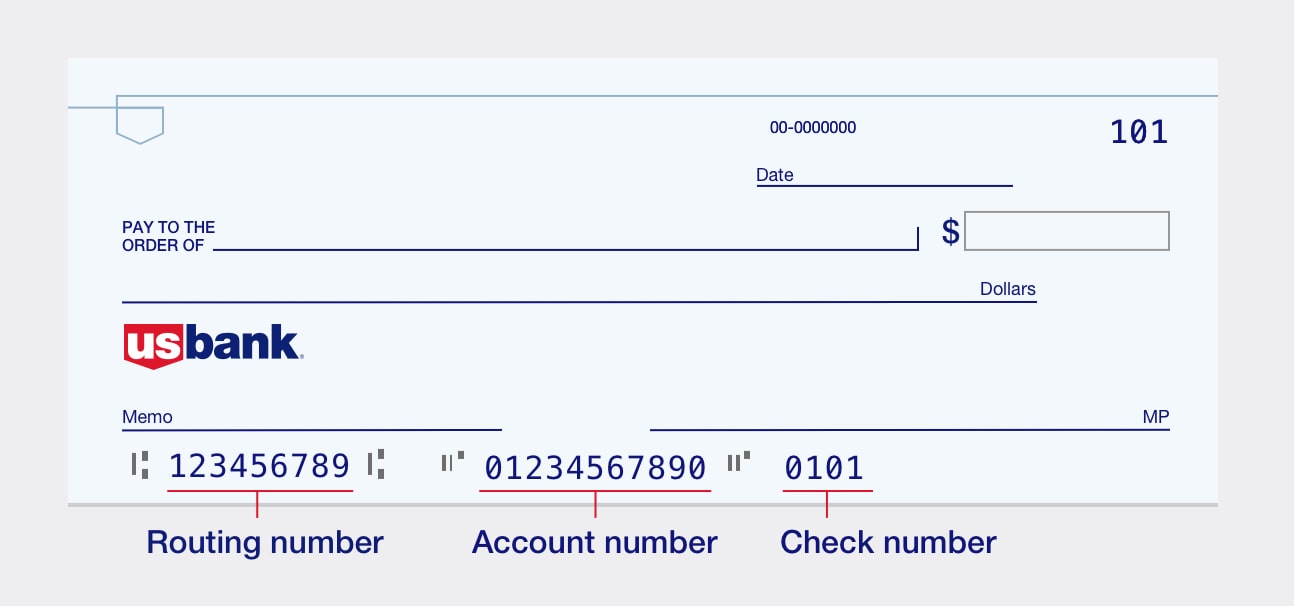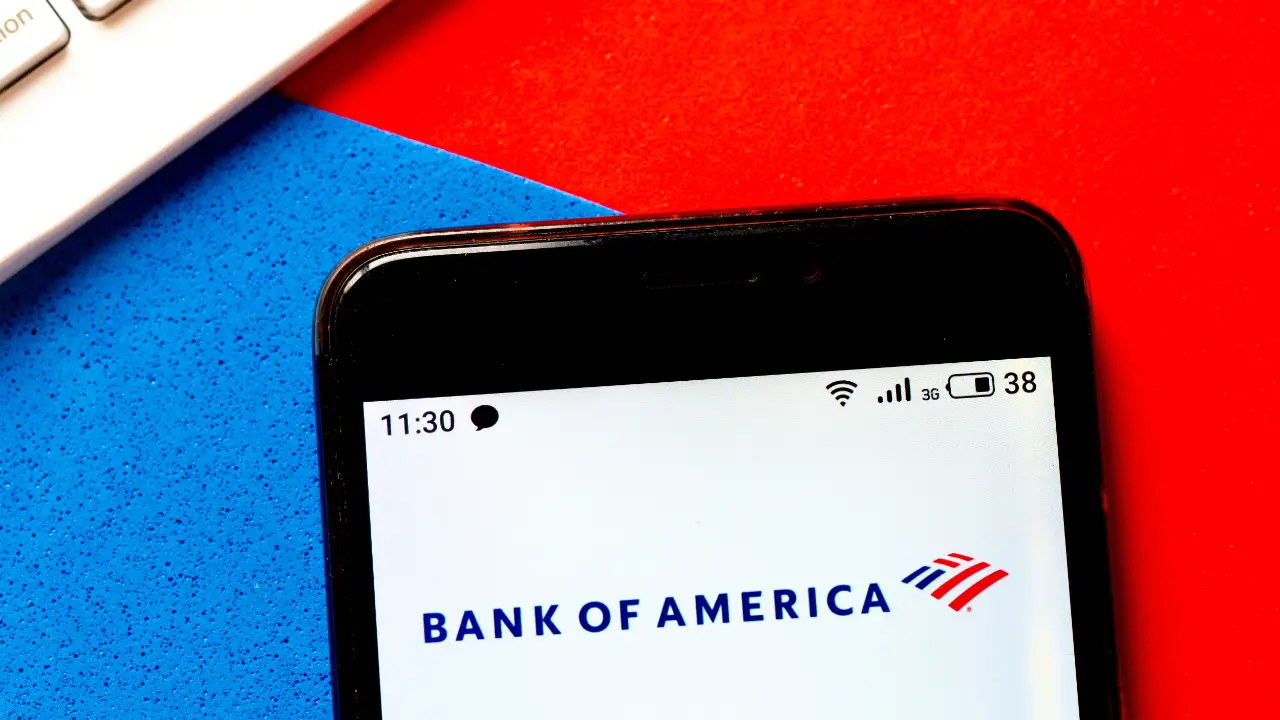Introduction
Welcome to the world of postal banking—an innovative and inclusive financial solution that is gaining traction in America. Postal banking refers to the provision of basic banking services through the existing postal infrastructure, allowing individuals to access essential financial services conveniently and affordably. With the increasing need for accessible and secure financial services, postal banking presents a compelling solution that addresses these requirements.
In recent years, the idea of reviving postal banking in America has been gaining momentum. Countries such as France, Germany, and Japan have successfully implemented postal banking systems, reaping the benefits in terms of financial inclusion, lower costs, and increased community development. As the discussion around postal banking continues to gather momentum, it is essential to explore its potential advantages and understand why it is a viable option for Americans.
In this article, we will delve into the key reasons why postal banking is an attractive option to consider. We will explore the safety and security that postal banking offers, its accessibility to all individuals, and the impact it can have in promoting financial inclusion. Moreover, we will uncover how postal banking can lower fees and costs for consumers, provide essential financial education, and contribute to the rebuilding of local communities.
By the end of this article, you will have gained a comprehensive understanding of the benefits of postal banking and why it should be seriously considered as a powerful financial solution for Americans. Let’s dive in and explore the numerous advantages that postal banking can bring to individuals and communities across the nation.
What is Postal Banking?
Postal banking is a concept that involves utilizing the existing postal infrastructure to offer basic financial services to the general public. It essentially allows individuals to have access to essential banking services through their local post office. These services can include savings accounts, debit card services, remittances, bill payment facilities, and small loans.
The concept of postal banking is not a new one. In fact, many countries around the world, including France, Germany, and Japan, have successfully implemented postal banking systems with significant success. The United States also had a robust postal banking system in place in the early 20th century, serving millions of Americans and playing a vital role in promoting financial inclusion.
One of the key advantages of postal banking is its ability to leverage the existing postal infrastructure. With thousands of post office locations spread across the country, postal banking services can reach even the most remote areas, ensuring accessibility for all individuals, regardless of their geographical location.
Postal banking also offers a secure and reliable option for financial transactions. The United States Postal Service (USPS) already has a track record of securely and efficiently delivering mail and packages, making it well-equipped to handle financial transactions in a secure manner.
Moreover, postal banking can play a crucial role in promoting financial inclusion. Many low-income individuals and underserved communities often face barriers in accessing traditional banking services. For them, postal banking can provide a safe and affordable alternative, allowing them to save money, conduct transactions, and build a financial foundation for the future.
Overall, postal banking is a concept that involves utilizing the vast network of post offices to offer essential financial services. It provides individuals with a convenient, secure, and affordable option for their banking needs, ensuring that no one is left behind in the financial system.
Safety and Security
Safety and security are paramount when it comes to handling financial transactions and managing personal funds. Postal banking offers a high level of safety and security, ensuring peace of mind for customers.
One of the key advantages of postal banking is the reputation and track record of the postal service in handling confidential information. The United States Postal Service (USPS) has a long-established history of securely delivering mail and packages. This expertise in handling sensitive information can be extended to financial transactions, providing customers with a reliable and secure platform for their banking needs.
In addition, postal banks can implement robust security protocols to protect customer data and funds. With the advancement of technology, postal banking systems can leverage encryption and multi-factor authentication measures to safeguard customer information. This ensures that transactions are protected from unauthorized access or fraudulent activities, enhancing the overall safety of the banking experience.
Furthermore, the use of postal facilities for banking transactions adds an extra layer of physical security. Postal offices are typically widely accessible and well-regulated, with security measures in place to protect both customers and employees. This physical presence can act as a deterrent to potential criminals, making postal banking a safer alternative for individuals who may be concerned about the security of their funds.
By choosing postal banking, customers can have confidence in the safety and security of their financial transactions. The combination of the USPS’s trusted reputation, robust security protocols, and physical presence in communities ensures that customers’ funds and personal information are well-protected.
Accessibility
Accessibility is a key factor when it comes to financial services. Postal banking offers unparalleled accessibility, providing individuals with a convenient and inclusive option for their banking needs.
One of the main advantages of postal banking is the extensive network of post office locations throughout the country. Unlike traditional banks, which may be concentrated in urban areas, post offices are often located in both urban and rural areas, making financial services easily accessible to individuals in even the most remote regions. This ensures that no one is left behind, regardless of their geographical location.
Furthermore, post offices typically have longer operating hours compared to traditional banks. They often stay open on weekends and offer extended hours, allowing individuals who work during the day to access banking services at their convenience. This flexibility is especially beneficial for individuals with busy schedules or limited transportation options.
Postal banking also caters to the needs of the unbanked and underbanked population. Many individuals in low-income communities or marginalized groups have limited access to traditional banking services due to various barriers, such as high fees, minimum balance requirements, or a lack of proper identification. Postal banking can bridge this gap by providing a safe and welcoming environment for individuals to open accounts and access essential banking services.
In addition, postal banking services can be accessed through various channels, including in-person visits, phone, or online platforms. This multi-channel approach allows individuals to choose the method that suits their preferences and circumstances. Whether someone prefers face-to-face interactions or prefers the convenience of online banking, postal banking caters to diverse needs and ensures accessibility for all.
Overall, postal banking surpasses traditional banks in terms of accessibility. The widespread network of post office locations, extended operating hours, and commitment to serving the unbanked and underbanked populations make postal banking a truly inclusive and accessible option for individuals of all backgrounds and circumstances.
Financial Inclusion
Financial inclusion, which refers to the access and usage of financial services by all individuals, is a crucial goal in any society. Postal banking plays a significant role in promoting financial inclusion and ensuring that everyone has access to essential financial services.
One of the main barriers to financial inclusion is the lack of access to traditional banking services, especially for individuals in low-income communities or rural areas. Postal banking addresses this issue by leveraging the wide network of post office locations to bring banking services within reach of these underserved populations. This ensures that individuals who may have been excluded from the traditional banking system can now have a safe and reliable option to conduct their financial transactions.
Postal banking also eliminates some of the barriers that have historically prevented certain individuals from accessing banking services. For example, many low-income individuals may not have access to the necessary identification documents required by traditional banks. Postal banking can provide a solution by implementing alternative identification processes that are more accessible and inclusive, allowing individuals to open accounts and access financial services.
In addition, postal banking offers basic banking services at lower costs compared to traditional banks. This is particularly significant for individuals who might struggle with fees and charges associated with maintaining a bank account. Postal banking fees are often more transparent and affordable, ensuring that individuals can access and utilize their funds without being burdened by excessive costs.
Moreover, postal banking can play a vital role in advancing financial literacy and empowerment. Many individuals, particularly those who have not had previous access to formal banking services, may lack basic financial knowledge and skills. Postal banking can address this by offering financial education programs, including budgeting, savings, and responsible borrowing. By equipping individuals with the necessary financial skills and knowledge, postal banking empowers them to make informed decisions and improve their financial well-being.
Overall, postal banking is a catalyst for financial inclusion, ensuring that no one is left behind in accessing essential financial services. By overcoming geographical barriers, implementing inclusive identification processes, offering low-cost services, and providing financial education, postal banking empowers individuals to participate fully in the financial system and improve their economic prospects.
Lower Fees and Costs
One of the significant advantages of postal banking is the potential for lower fees and costs compared to traditional banks. Postal banks have the ability to offer competitive pricing, saving customers money and reducing the financial burden associated with banking services.
Traditional banks often have various fees, such as monthly maintenance fees, transaction fees, and ATM fees, which can add up over time. In contrast, postal banking can provide more transparent and affordable fee structures for their services. This includes lower or no monthly maintenance fees, reduced transaction fees, and access to fee-free ATM networks. These cost savings can have a significant impact, especially for individuals with limited incomes or those who need to stretch their budgets.
Additionally, postal banking can offer lower-cost alternatives for specific financial products. For example, payday loans and other short-term, high-interest loans can be a financial burden for many individuals. Postal banks can offer more affordable loan options with lower interest rates and more flexible repayment terms. This enables customers to access credit when needed without being trapped in a cycle of debt.
Postal banking’s focus on providing accessible and affordable financial services benefits customers of all income levels. However, it is particularly beneficial for individuals with limited financial resources who may be more vulnerable to high banking fees and costs.
By choosing postal banking, customers can enjoy the convenience and security of traditional banking services at a fraction of the cost. The lower fees and costs associated with postal banking make it an attractive option for individuals who want to make the most of their financial resources and minimize financial burdens.
Financial Education
Financial education plays a critical role in empowering individuals to make informed decisions about their money and improve their financial well-being. Postal banking goes beyond providing basic financial services by offering valuable financial education programs to customers.
Many individuals, particularly those who have not had previous access to formal banking services, may lack basic financial knowledge and skills. Postal banking can bridge this gap by offering financial literacy programs, workshops, and resources to help customers enhance their understanding of personal finance.
Financial education provided by postal banks covers a wide range of topics, including budgeting, saving, debt management, and investment strategies. These programs are designed to address the specific needs and challenges faced by individuals, empowering them to make responsible financial decisions and improve their financial stability.
Furthermore, financial education delivered through postal banking is accessible and inclusive. It takes into consideration diverse learning styles and communication preferences, offering materials in various formats such as printed guides, online resources, and in-person workshops. This ensures that individuals from different backgrounds and literacy levels can benefit from the educational initiatives.
By providing financial education, postal banking not only helps individuals improve their financial literacy but also encourages a culture of financial responsibility and empowerment. Customers can learn valuable skills to manage their money effectively, achieve their financial goals, and build a solid foundation for their future.
Moreover, financial education offered by postal banks extends beyond individual customers. These programs can also target local communities, schools, and small businesses, providing resources and support to help them navigate the financial landscape and make informed financial decisions.
Overall, postal banking serves as a powerful platform for delivering financial education to individuals and communities. By equipping customers with the knowledge and skills to make informed choices, postal banks contribute to the financial empowerment and well-being of their customers and the communities they serve.
Rebuilding Local Communities
Postal banking has the potential to play a significant role in revitalizing and rebuilding local communities across America. By leveraging the existing postal infrastructure, postal banking can address the financial needs of individuals, businesses, and community organizations, contributing to the overall development of local economies.
One way postal banking can support local communities is by providing banking services to underserved areas. Many rural and low-income communities lack access to traditional banking services, which can hinder economic growth and financial stability. Postal banking can bridge this gap by offering a range of financial services, including savings accounts, loans, and bill payment facilities, to individuals and businesses in these communities.
Moreover, postal banks can collaborate with local businesses and community organizations to stimulate economic activity. For example, they can partner with local merchants to provide payment processing services, enabling small businesses to accept electronic payments and expand their customer base. By facilitating secure and efficient transactions, postal banking helps to support local commerce and encourage local economic growth.
Postal banking can also act as a catalyst for community development by providing loans for small businesses, affordable housing initiatives, and community infrastructure projects. By offering financing options and support, postal banks can empower individuals and organizations to invest in their communities, creating jobs, improving infrastructure, and enhancing the overall quality of life.
Moreover, postal banks have the potential to support local social programs and initiatives that benefit the community. They can collaborate with local nonprofit organizations and government agencies to offer financial services tailored to the needs of vulnerable populations, such as low-income individuals, seniors, or those with disabilities. This support enhances the social fabric of communities and promotes social equity.
Overall, postal banking has the power to contribute to the rebuilding of local communities by providing financial services, supporting local businesses, and investing in community development. By leveraging the existing postal infrastructure, postal banking has the potential to drive economic growth, improve access to financial services, and foster a sense of community empowerment and resilience.
Conclusion
Postal banking presents a compelling solution to meet the evolving financial needs of individuals and communities in America. With its emphasis on safety, accessibility, financial inclusion, lower fees and costs, and financial education, postal banking addresses crucial gaps in the financial system and offers a more equitable and inclusive approach to banking services.
By leveraging the existing network of post office locations, postal banking ensures that financial services are accessible to all individuals, regardless of their geographical location. This accessibility is particularly beneficial for underserved communities and individuals who have previously faced barriers in accessing traditional banking services.
Moreover, postal banking promotes financial inclusion by providing individuals with access to basic financial services, empowering them to manage their money, build assets, and improve their financial well-being. Through initiatives such as financial literacy programs and inclusive identification processes, postal banks help individuals gain the knowledge and skills needed to make informed financial decisions.
Postal banking also offers a safer and more secure option for financial transactions, leveraging the trusted reputation of the postal service and implementing robust security protocols to protect customer data and funds.
Not only does postal banking offer essential financial services, but it also has the potential to contribute to the revitalization and development of local communities. By supporting local businesses, providing loans for community projects, and investing in local social programs, postal banking plays a crucial role in rebuilding local economies and fostering community resilience.
In conclusion, postal banking has the power to transform the financial landscape in America, providing individuals and communities with accessible, affordable, and inclusive banking services. With its numerous advantages, postal banking is a viable alternative for those seeking convenient, secure, and equitable financial solutions. As the discussion surrounding postal banking continues to gain momentum, it is essential to explore and embrace its potential to create a more inclusive and financially prosperous society for all.

























